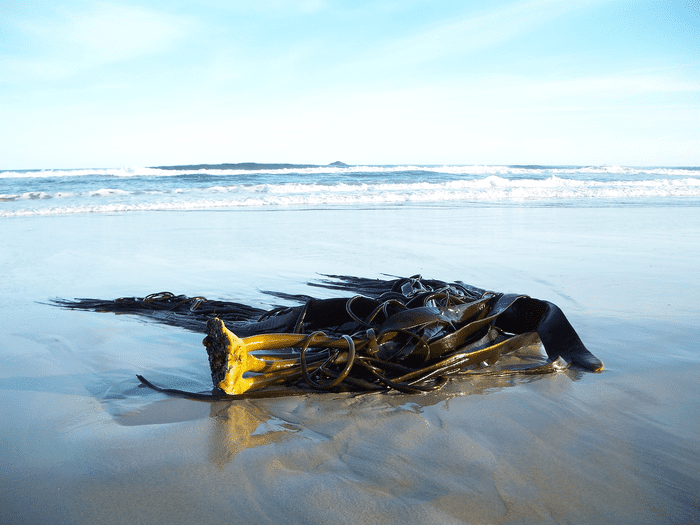Scientists have been able to prove just how interconnected coastal communities of the Southern Ocean are thanks to the DNA of kelp.
The University of Otago carried out a genomic analysis on bull kelp that washed up in Antarctica, Australia and New Zealand over the past several decades. According to the study published in Current Biology, the kelp found on New Zealand’s southeastern beaches came from South Georgia and Marion Island, a trip of over 5,500 miles (8,850 kilometers), while the kelp found in Tasmania hailed from the Kerguelen Islands, some 1,000 km from Antarctica.
The study’s lead author, associate professor Ceridwen Fraser, said the study emphasizes the potential of genomic tools for tracking species movements.
“It was exciting to find biological connections between the eastern and western Pacific, and to discover how frequent these events are – tens of millions of kelp rafts are drifting around the Southern Ocean, all the time connecting these coasts.”
The study builds on previous 2018 research carried out on two pieces of southern bull kelp found in Antarctica. This kelp traveled an astonishing 20,000 kilometers before it hit the shore, triggering researchers to suspect that kelp travels much more than previously believed. Now, the team has analyzed the genomes of 25 other rafts of kelp found in Antarctica, as well as pieces found washed up in New Zealand and Australia over the past decade.
Kelp anchors itself to the seafloor with a hollow, rootlike structure called a holdfast that houses a diversity of marine organisms, such as crustaceans, arthropods, isopods, crabs, mollusks, worms, and starfish. When the kelp breaks off and floats away, due to storms or large waves, these organisms can hitch a ride with it. These kelp rafts can be up to 12 meters long, so they can bring a few creatures along with them, though it’s not clear exactly what happens to them.
According to simulated oceanographic modeling in the study, more than 10% of particles released from South Georgia reach southern New Zealand, while more than 6% reach Tasmania. Erasmo Macaya, from Chile’s University of Concepción, said the study’s results are important because they show how floating species are able to cross major oceanographic barriers, occasionally reaching Antarctica where they are not currently part of the ecosystem.
The modeling allowed the researchers to build a picture of kelp rafts and their travelers moving frequently in vast numbers around the Southern Ocean and connecting land masses.
“Many organisms are trying to shift their distributions south because it is getting too hot in the north,” Fraser said. “Kelp and its passengers can disperse really well and reach distant land masses so are in a really good position to colonize new territory as it warms up and becomes habitable for them. It’s an interesting challenge which scientists are going to have to face – perhaps shifting away from the idea of conservation being about maintaining the status quo, and instead looking at managing the change to maximize biodiversity and ecosystem outcomes.”
Fraser thinks that the ever-advancing field of genomics provides an amazing tool for species management strategies.
“From an invasive species perspective, we now have tools where we could take DNA from something that is newly arrived and figure out how it got there, because we can pinpoint where it has come from. This empowers us to make changes in management strategy.”



